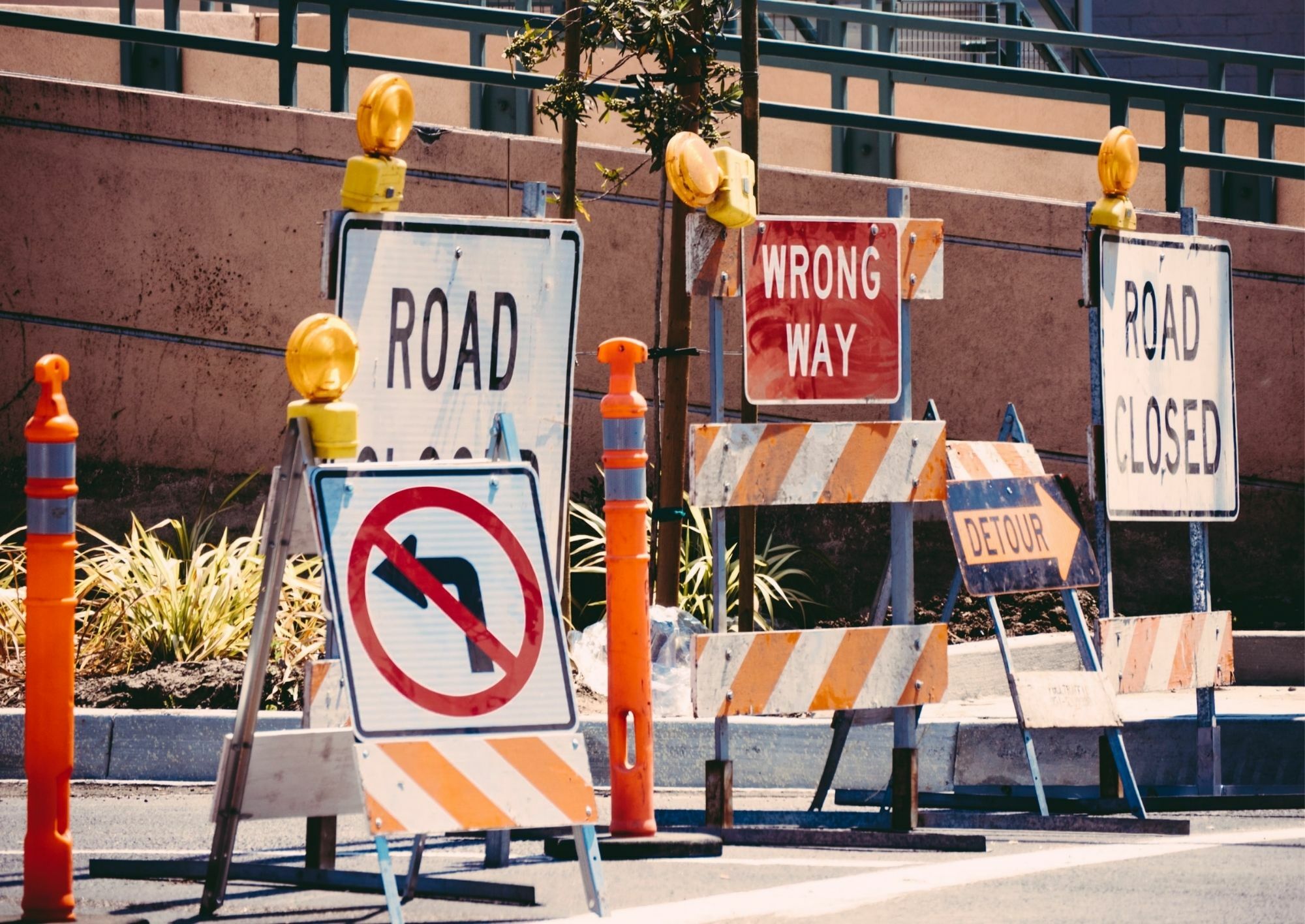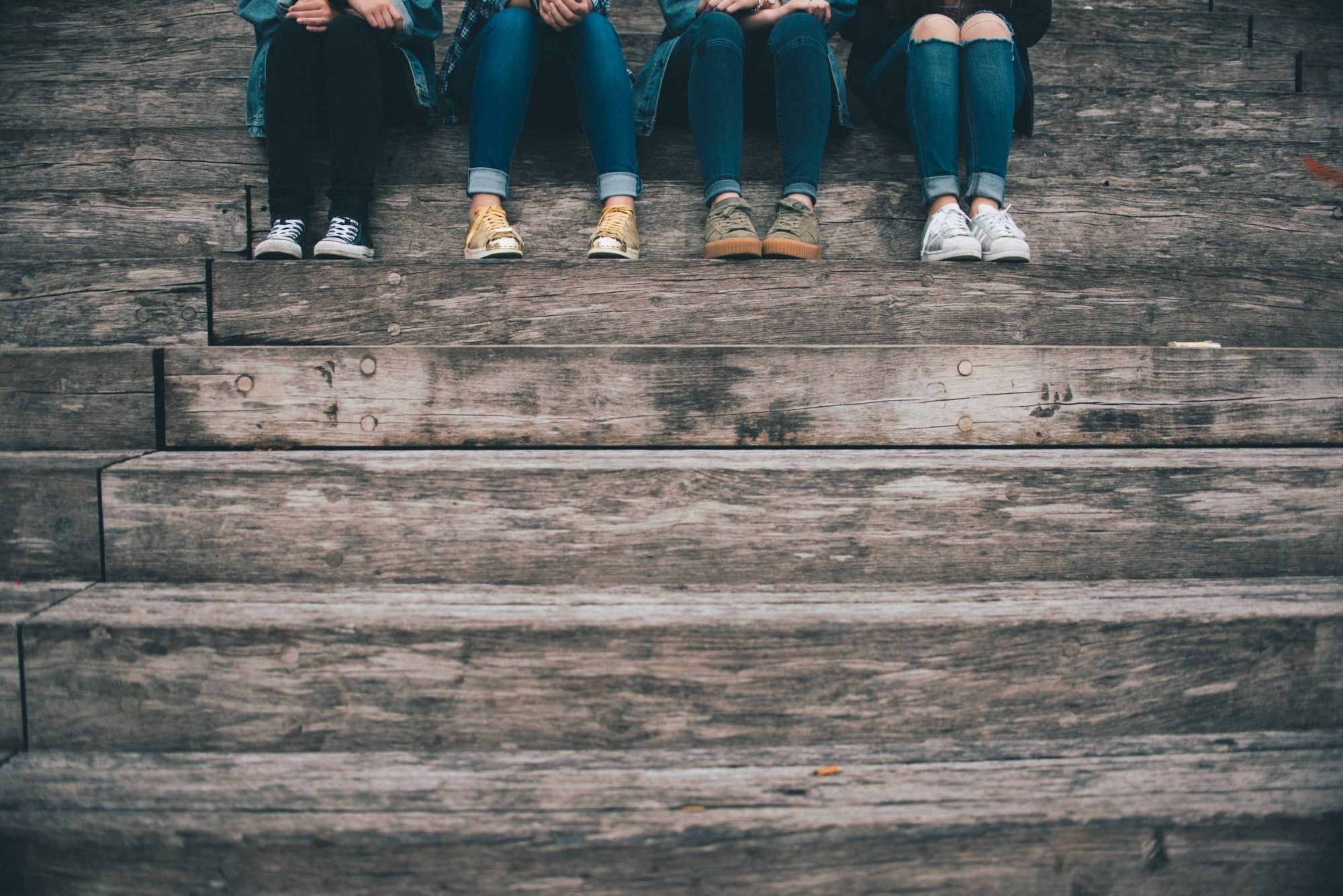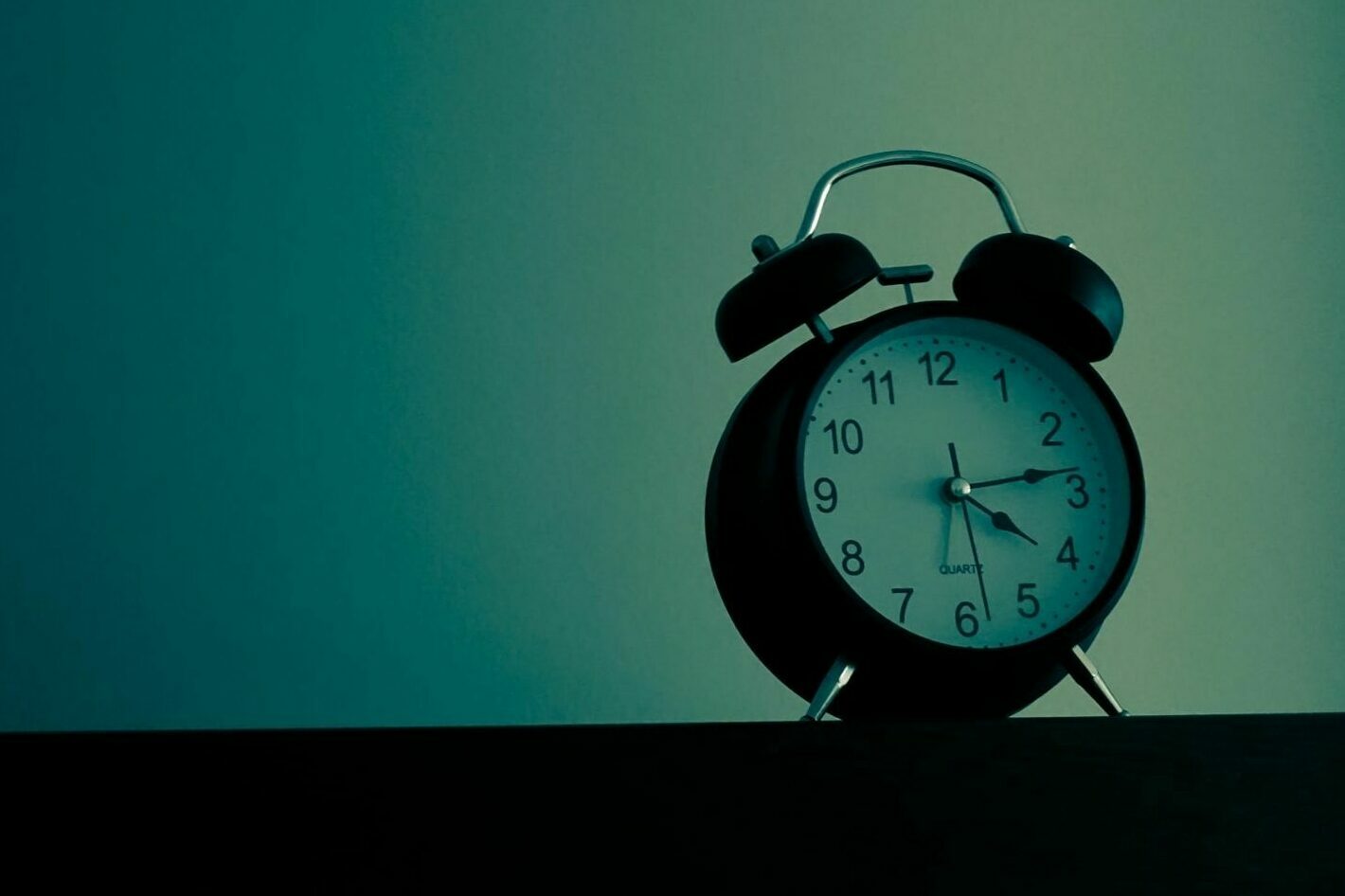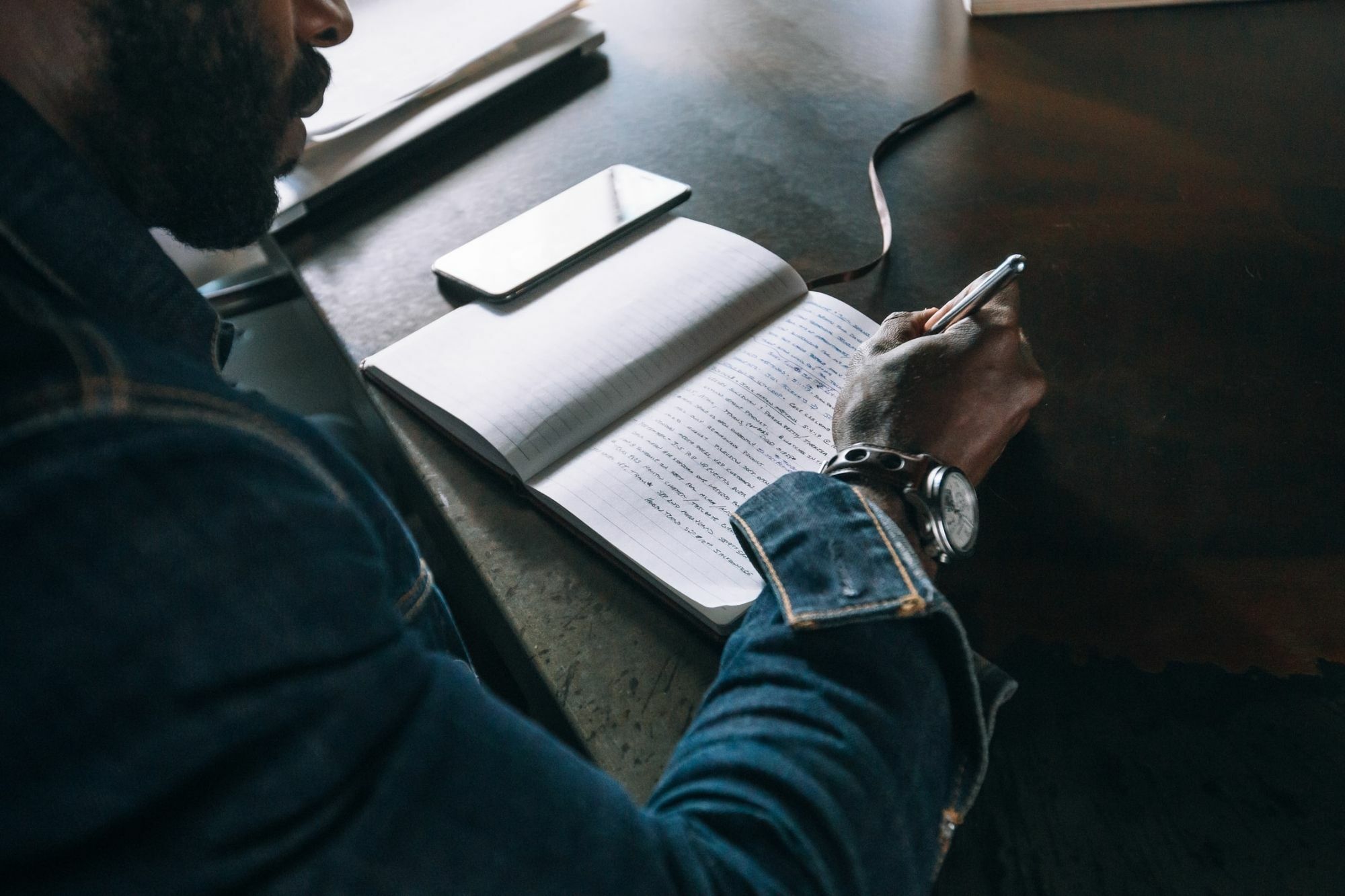Pornography has changed…
Pornography is now so accessible and prolific that its use has become normalised among young people, particularly for young men. In order to support young people to safely navigate a world in which pornography is so accessible, we need to understand what pornography is like. What young people are seeing is not the centrefold pornography used to be. Nor is it merely people ‘having sex’. Pornography is delivering deeply problematic messages to young people.
Pornography is sending the wrong messages…
The abundance of online pornography means that today’s pornography must compete for attention. Healthy messages about body image, sexual consent and safe sex are practically non-existent in contemporary pornography, while gendered stereotypes, aggression and male dominance are widespread. The influence of pornography is of serious concern to those working to prevent violence against women and promote respectful relationships, because of the ways pornography reinforces the attitudes and beliefs that are known to drive violence against women.
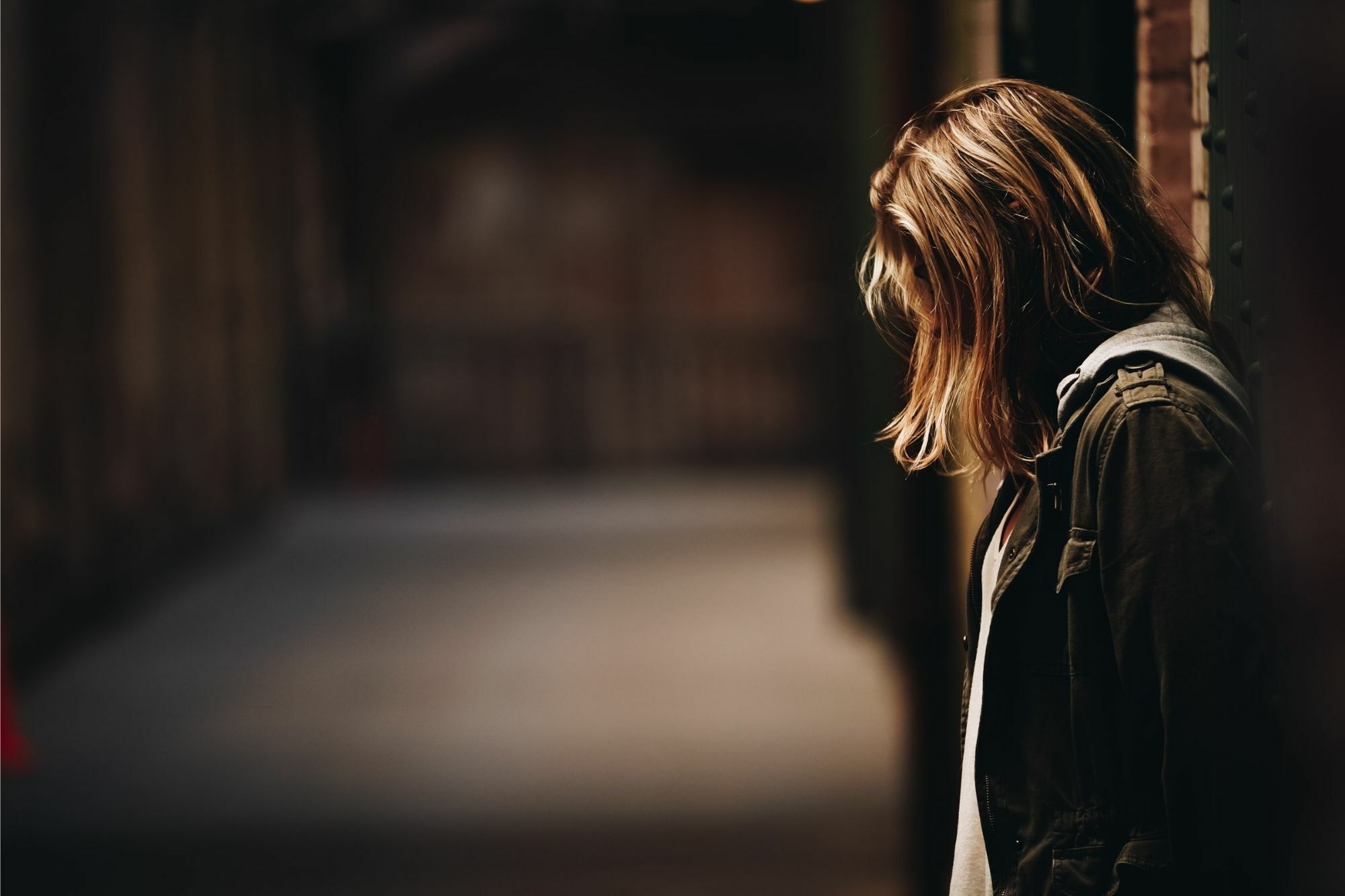
Aggression is common in pornography
A range of research has found that mainstream pornography depicts high levels of aggression, including physical aggression (such as hitting, slapping and gagging) and verbal aggression (such as name-calling). Significantly, the aggression in pornography is almost always directed towards women. Pornography’s portrayal normalises violence against women; but even more troubling, pornography suggests that violence against women is sexy.
The aggression in pornography is not always obvious
In most pornography, performers are required to look like they really enjoy what they are experiencing, even if it’s something they find painful or degrading. When the viewer sees a woman being harmed and not looking upset by that – and more likely, actually looking like it is pleasurable – it can make the aggression in pornography difficult to recognise. Pornography suggests that women want to be treated this way.
In pornography, men hold the power
Men are often depicted as aggressive, controlling and dominant in pornography. In contrast, women in pornography are often depicted as submissive, eager and willing to comply with the wants and demands of men. This sends a message to both men and women that women have a lower social value and are less worthy of respect – messages that can contribute to the belief that women are ‘legitimate’ targets of violence.

In pornography, women’s role is to please men
Because pornography aims to appeal to its mainly male audience, men’s pleasure is valued over women’s pleasure in pornography – for example, men are significantly more likely to be depicted experiencing orgasm. Women are seen as ‘objects’, there to please men – their own pleasure and enjoyment is seen as less important or just irrelevant.
Pornography is more than images on a screen
Pornography is not just fantasy. There is evidence that pornography is impacting reality. Perhaps most disturbingly, pornography use has been found to be associated with both verbal and physical sexual aggression. Research has also found that men who are very frequent pornography users have sexual aggression levels that are much higher than men who do not consume pornography very frequently.
So, what does all this mean for young people? And what can parents do? To understand how you can you support your child to understand and reject pornography’s harmful messages – particularly the ways it normalises aggressive and disrespectful behaviour – we need to better understand how pornography is Impacting young people.
Help and support
If a young person needs additional help for their pornography use, they may be able to access support through a student counsellor, wellbeing coordinator, student support services or any other trusted school staff member. Their doctor will be able to help with referrals to services such as counselling and youth services.
If a young person has experienced sex that is unwanted, pressured, coerced or forced, they can get support through a sexual assault service. For a list of sexual assault services in different jurisdictions, see: respect.gov.au/services
If a young man wants to learn about engaging in more respectful relationships, they can contact MensLine Australia on 1300 78 99 78 or via mensline.org.au
If a young person has experienced online bullying, they or a parent can contact the eSafety Commissioner: esafety.gov.au/about-us/how-we-can-help
Additionally, Kids Helpline supports young people aged 5-25 with a range of issues and can be contacted on 1800 55 1800 or via kidshelpline.com.au

